The relationship between pipe length and harmonic series in organ pipes is a fascinating intersection of physics, mathematics, and musical artistry. Unlike most instruments, the pipe organ produces sound through precisely tuned columns of air, where even minor variations in pipe dimensions can dramatically alter timbre and pitch. This deep connection between geometry and acoustics has captivated organ builders for centuries, as they manipulate pipe lengths to harness the harmonic series—nature's own blueprint for musical harmony.
At the core of pipe organ acoustics lies a simple physical truth: the length of a pipe determines its fundamental pitch according to the same principles governing all wind instruments. When air is forced through an organ pipe, it generates a standing wave whose wavelength corresponds to the pipe's length. An open pipe (open at both ends) produces a fundamental frequency where the pipe length equals half the wavelength, while a stopped pipe (closed at one end) behaves differently, with the pipe length equating to a quarter wavelength. This distinction is crucial—it explains why a stopped pipe sounds an octave lower than an open pipe of equal length, and why their harmonic series diverge.
The harmonic series emerges naturally from these vibrating air columns. In an ideal open pipe, all harmonics (integer multiples of the fundamental frequency) are present, creating a bright, full tone. The first harmonic is the fundamental, the second harmonic is the octave above, followed by the perfect fifth, and so on up the overtone series. Stopped pipes, however, reinforce only the odd-numbered harmonics (1st, 3rd, 5th, etc.), yielding a more muted quality. Organ builders exploit this phenomenon through scaling—the careful proportioning of pipe diameters to lengths—to emphasize or suppress specific harmonics, effectively "voicing" each pipe to achieve desired tonal colors.
Scaling goes beyond simple length calculations. While a pipe's nominal length determines its pitch, its diameter-to-length ratio (known as the scale) governs which harmonics dominate. Narrower pipes tend to strengthen higher harmonics, producing string-like or nasal tones, while wider pipes emphasize fundamentals for flutey sounds. Historical organ-building schools developed distinct scaling traditions: Baroque North German organs favored brighter, higher-cut pipes for polyphonic clarity, while French Romantic builders used wider scales to create foundational warmth. Modern hybrid organs often combine multiple scaling approaches across their divisions.
The harmonic series also explains why organ pipes don't require physical length adjustments for every note. Through registration (combining stops), shorter pipes access higher pitches in the harmonic series via mutation stops like the Nazard (2⅔') or Tierce (1⅗'). These fractional lengths—derived from harmonic calculations—sound not at their fundamental pitch but at specific harmonic intervals above it. A 2⅔' pipe, for instance, sounds the twelfth (third harmonic) of an 8' fundamental, allowing compact pipes to fill out the harmonic spectrum without impractical lengths. This clever acoustical trick enables large-format organs to produce towering sonic architectures from limited physical space.
Temperature and material choices introduce further complexities. As air temperature rises, sound travels faster, causing pipes to sound sharper—a particular challenge for exposed outdoor pipes. Historical builders compensated through unequal temperament or adjustable tuning slides. Pipe material (tin, lead, wood, or alloys) also affects harmonic content: metal pipes generally produce stronger high harmonics than wooden pipes of equivalent dimensions. The voicer's art lies in balancing these variables, sometimes filing lips or adding tuning collars to refine a pipe's harmonic signature until it blends seamlessly within the chorus of ranks.
Contemporary digital analysis tools have deepened our understanding of these acoustical relationships. Spectral analysis reveals how minor deviations from theoretical pipe lengths—often intentional—can correct for real-world imperfections or enhance specific harmonics. Some modern builders employ computer modeling to predict how scaling adjustments will affect timbre before metal is cast or wood is carved. Yet despite these technological advances, the finest pipe voicing remains as much art as science, requiring trained ears to judge when a pipe's harmonic output achieves musical perfection.
The enduring relevance of harmonic-based pipe scaling speaks to its profound musicality. When a well-tuned organ fills a space with sound, listeners experience not just individual pitches but the shimmering interplay of harmonic partials—a sonic tapestry woven from the very laws of physics. From Gothic cathedrals to concert halls, this ancient understanding of length, vibration, and harmony continues to shape humanity's most monumental musical instrument, proving that some equations sound divine when solved in metal and wind.

By /May 30, 2025
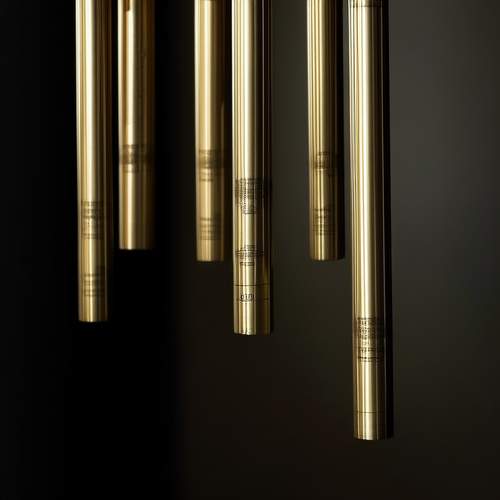
By /May 30, 2025
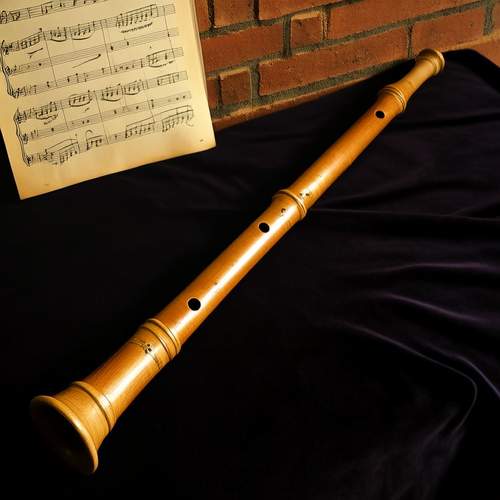
By /May 30, 2025
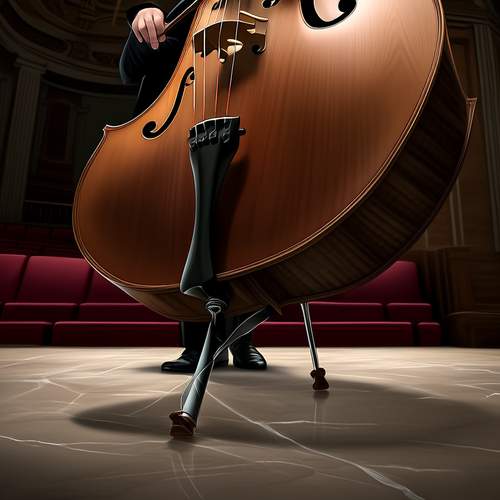
By /May 30, 2025
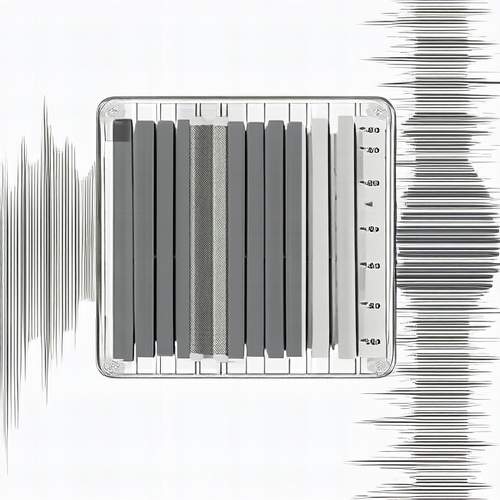
By /May 30, 2025

By /May 30, 2025

By /May 30, 2025

By /May 30, 2025
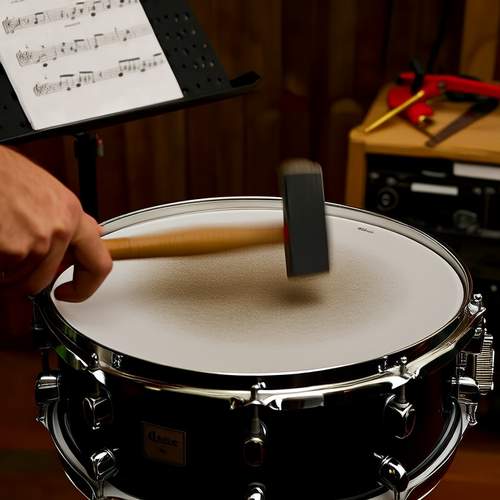
By /May 30, 2025
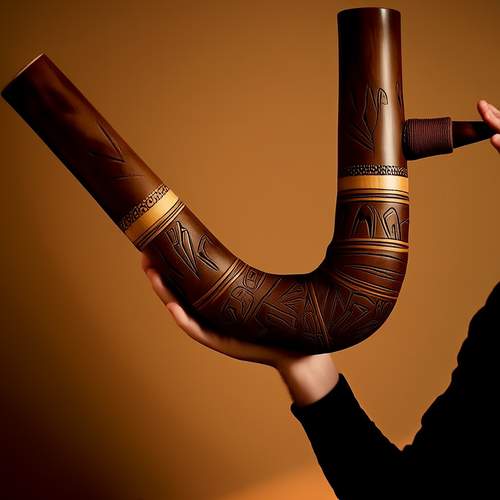
By /May 30, 2025

By /May 30, 2025

By /May 30, 2025

By /May 30, 2025
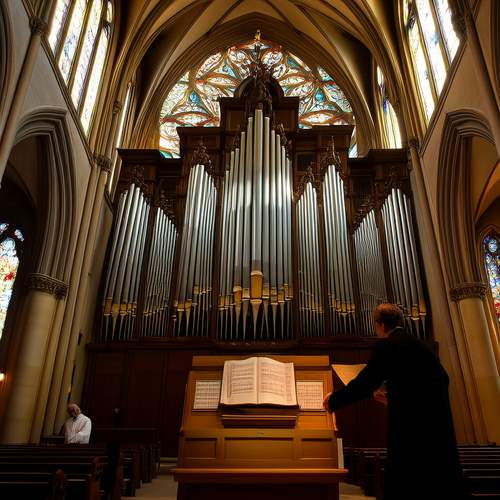
By /May 30, 2025
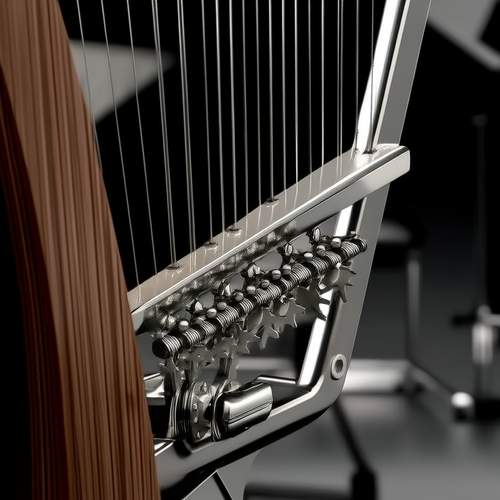
By /May 30, 2025

By /May 30, 2025

By /May 30, 2025
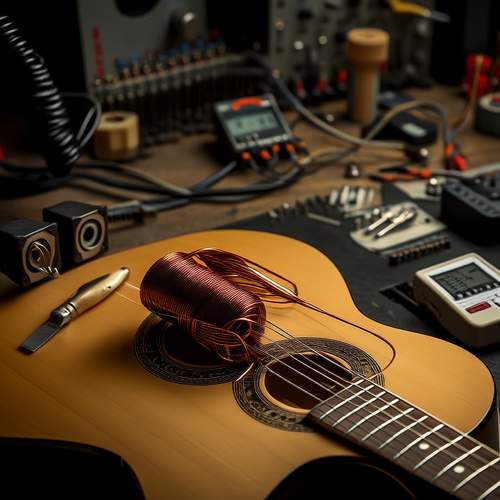
By /May 30, 2025
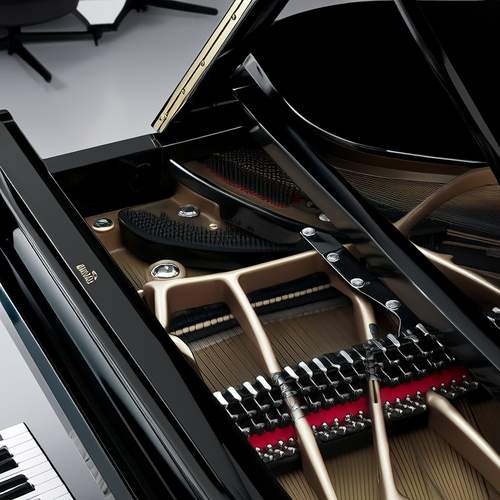
By /May 30, 2025
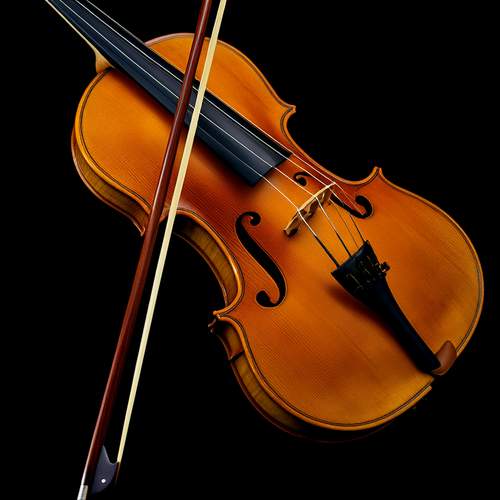
By /May 30, 2025